Microsoft, with IBM, releases source code for historic MS-DOS 4.00 for everyone to use
2 min. read
Published on
Read our disclosure page to find out how can you help MSPoweruser sustain the editorial team Read more
Key notes
- Microsoft released the source code for MS-DOS 4.00, a once-dominant operating system.
- This freely available code allows anyone to study, modify, and potentially build upon it.
- The source code has a unique history involving collaboration with IBM and an unreleased multitasking version.
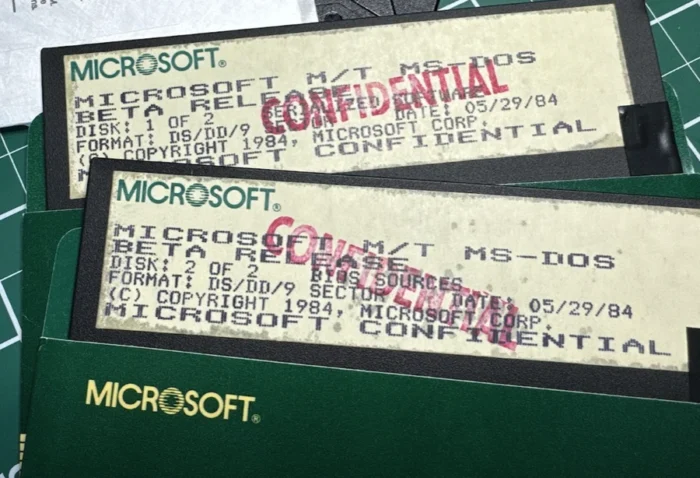
Microsoft, in collaboration with IBM, has released the source code for MS-DOS 4.00 under an MIT license. This makes the code freely available for anyone to study, modify, and distribute.
MS-DOS 4.00 was a version of Microsoft’s Disk Operating System that was released in the late 1980s. It came about during a time when Microsoft was collaborating with IBM on certain aspects of DOS, but also had its own branch in development called Multitasking DOS (MT-DOS)
The release comes after the prior availability of source code for MS-DOS versions 1.25 and 2.0. MS-DOS 4.0’s history has collaboration between Microsoft and IBM and includes an unreleased multitasking variant called “Multitasking DOS” (MT-DOS).
The source code comes from unreleased beta binaries discovered by a researcher and a former Microsoft CTO. Microsoft says that the importance of historical preservation and expresses gratitude to the individuals and organizations that facilitated this release.
The released package includes the source code, binary files, PDF documentation, and disk images. Users have reportedly run the software successfully on original IBM PC XT machines, newer Pentium-based PCs, and through open-source emulators like PCem and 86box.
This release offers a valuable resource for those interested in the history of operating systems and the inner workings of MS-DOS. It allows for a deeper understanding of this foundational software and potentially opens doors for further development or experimentation.
More here.

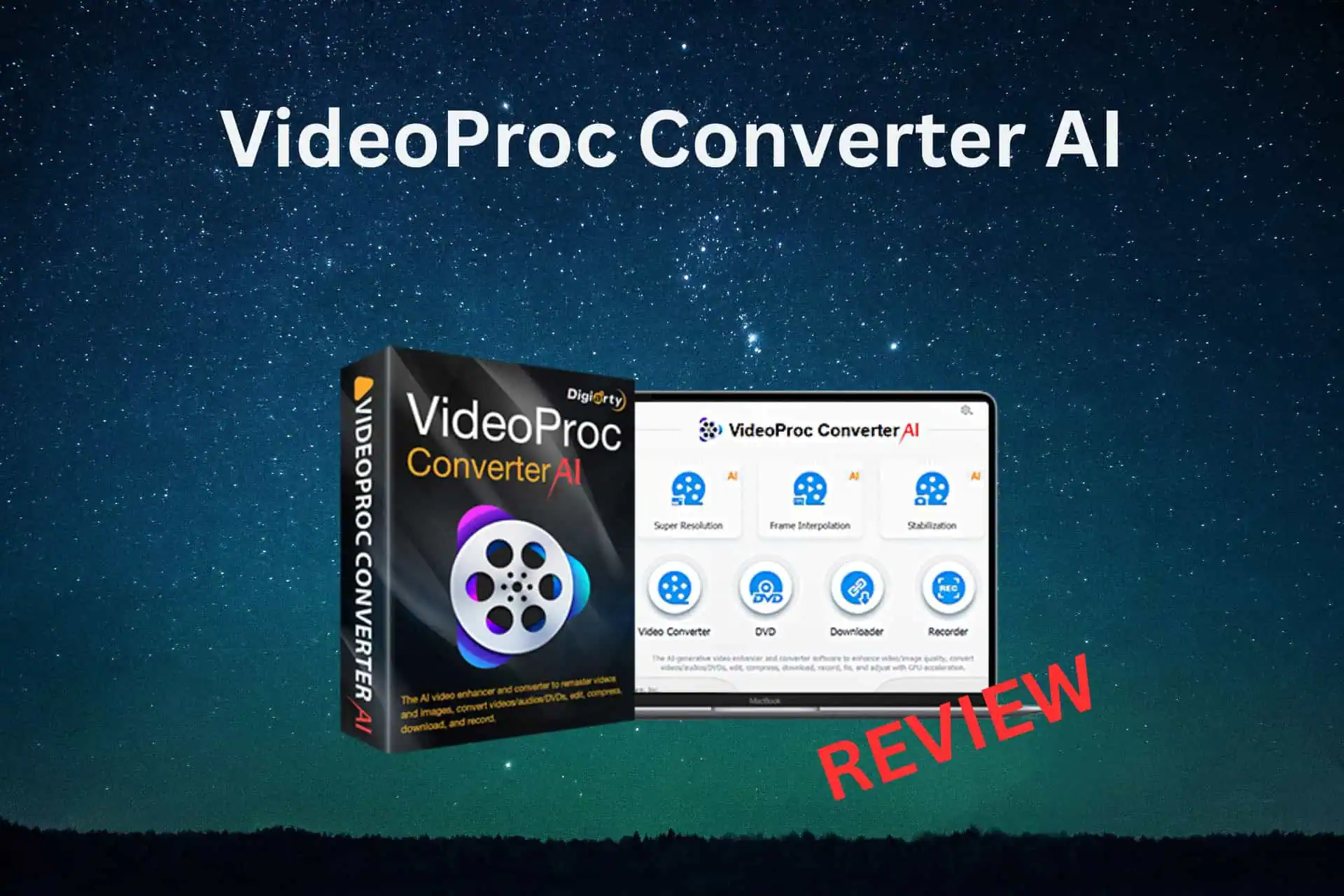
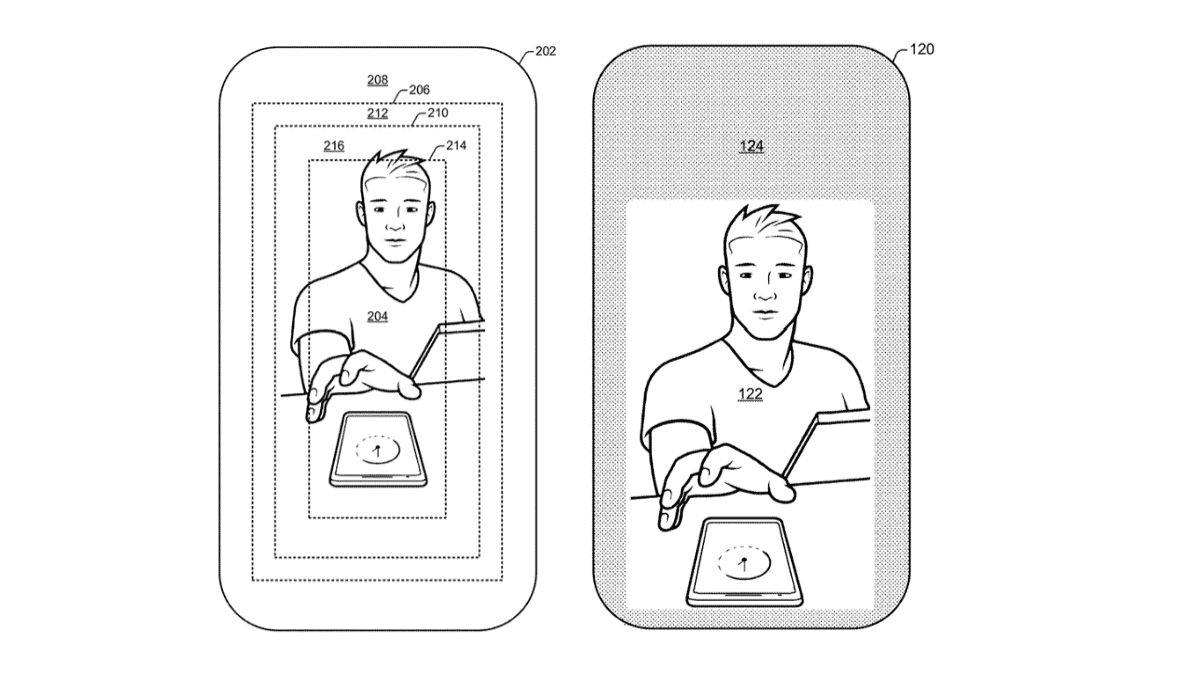
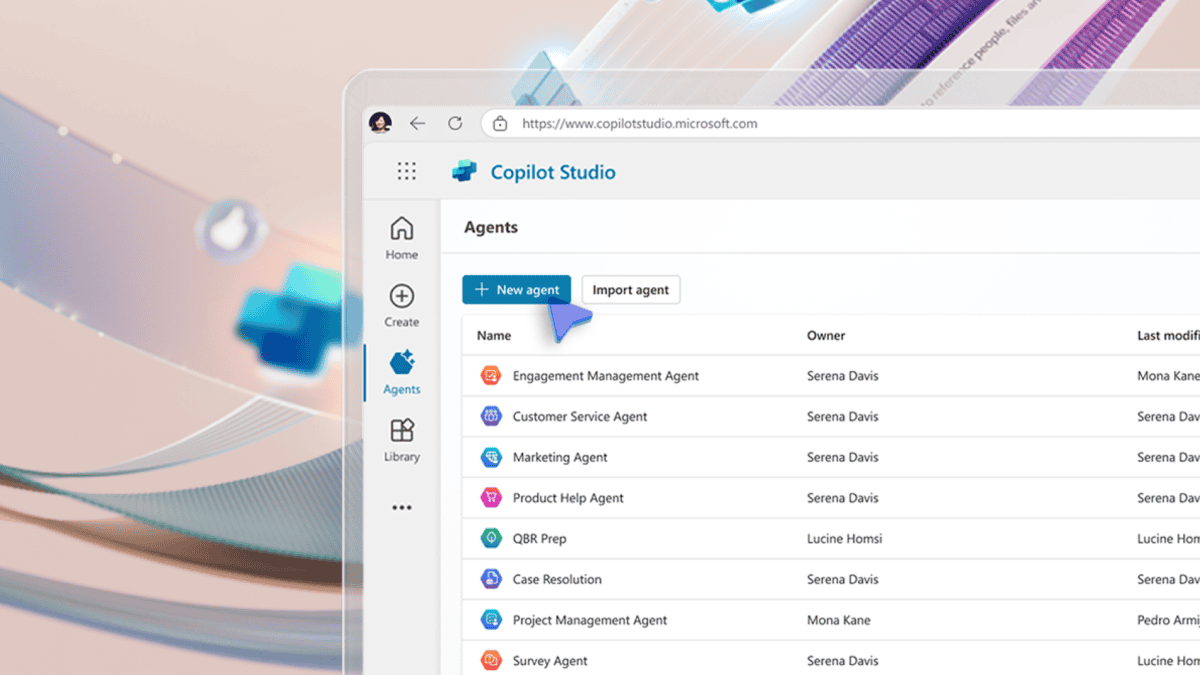
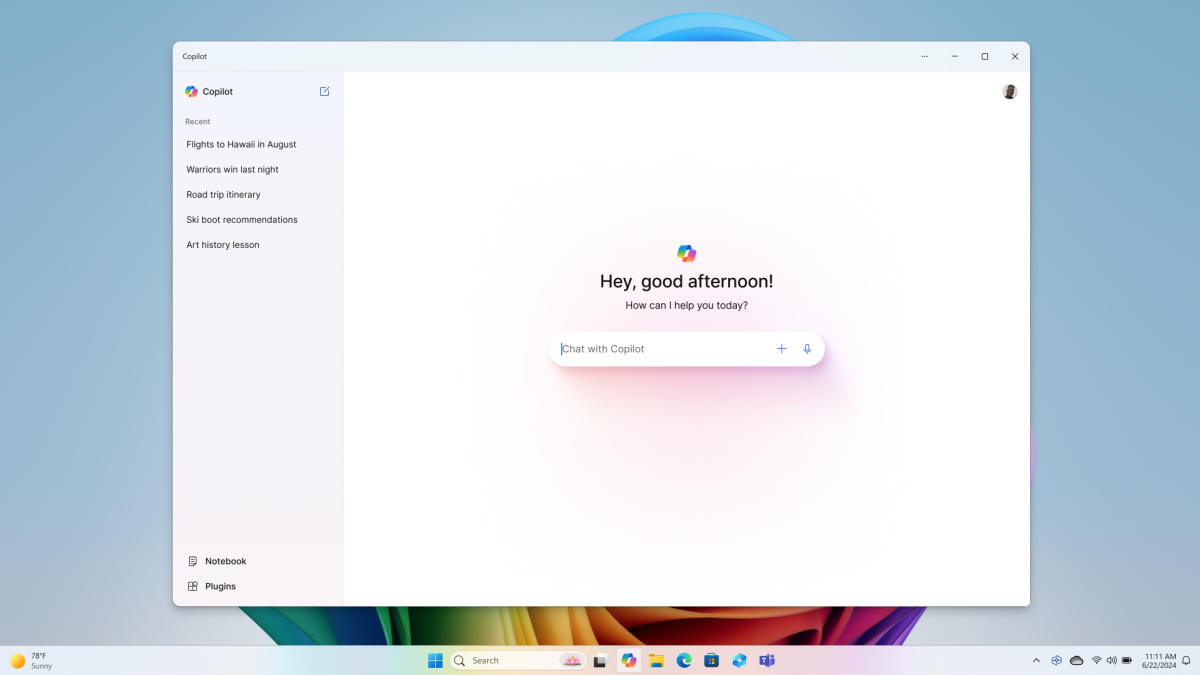

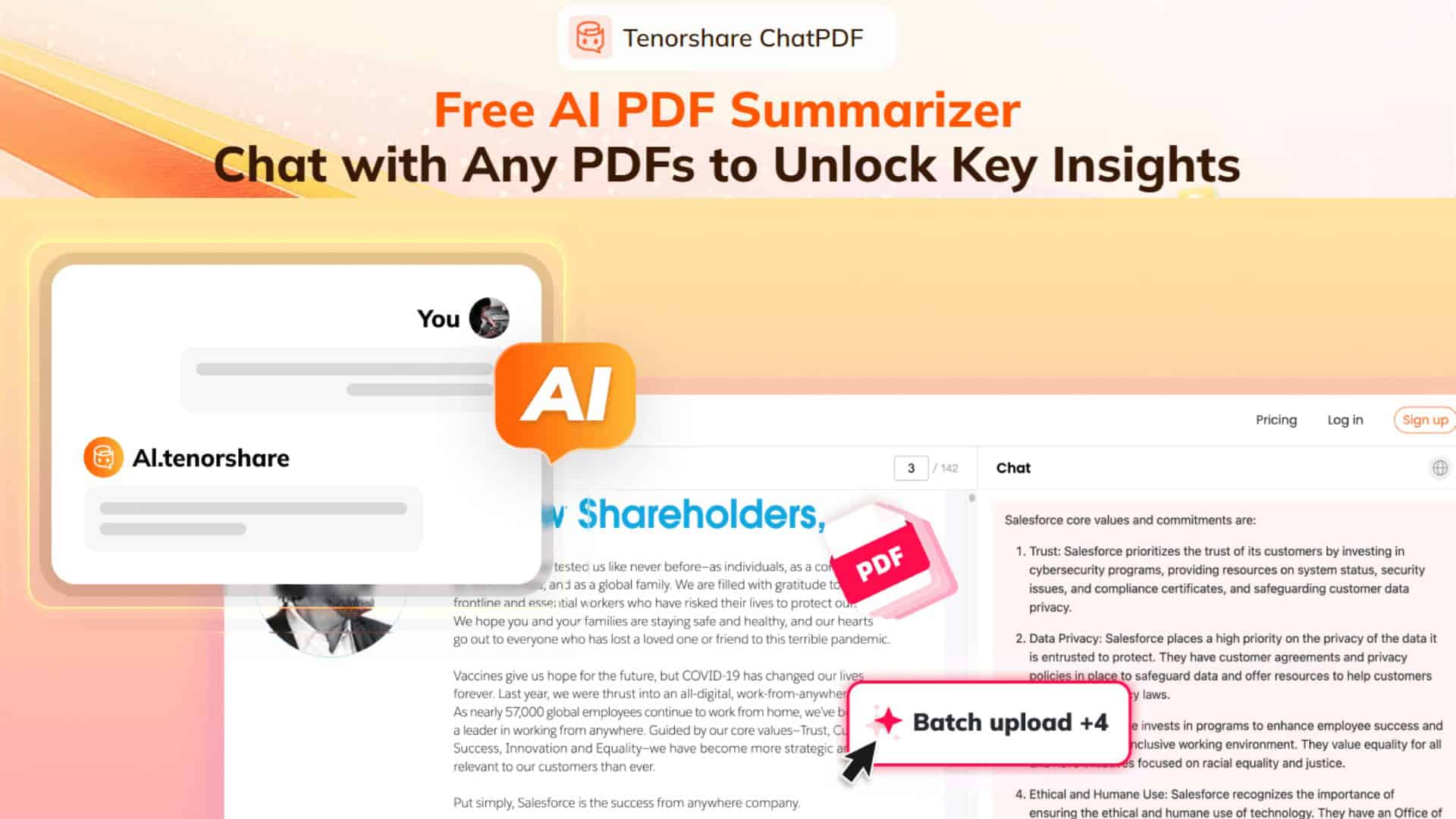
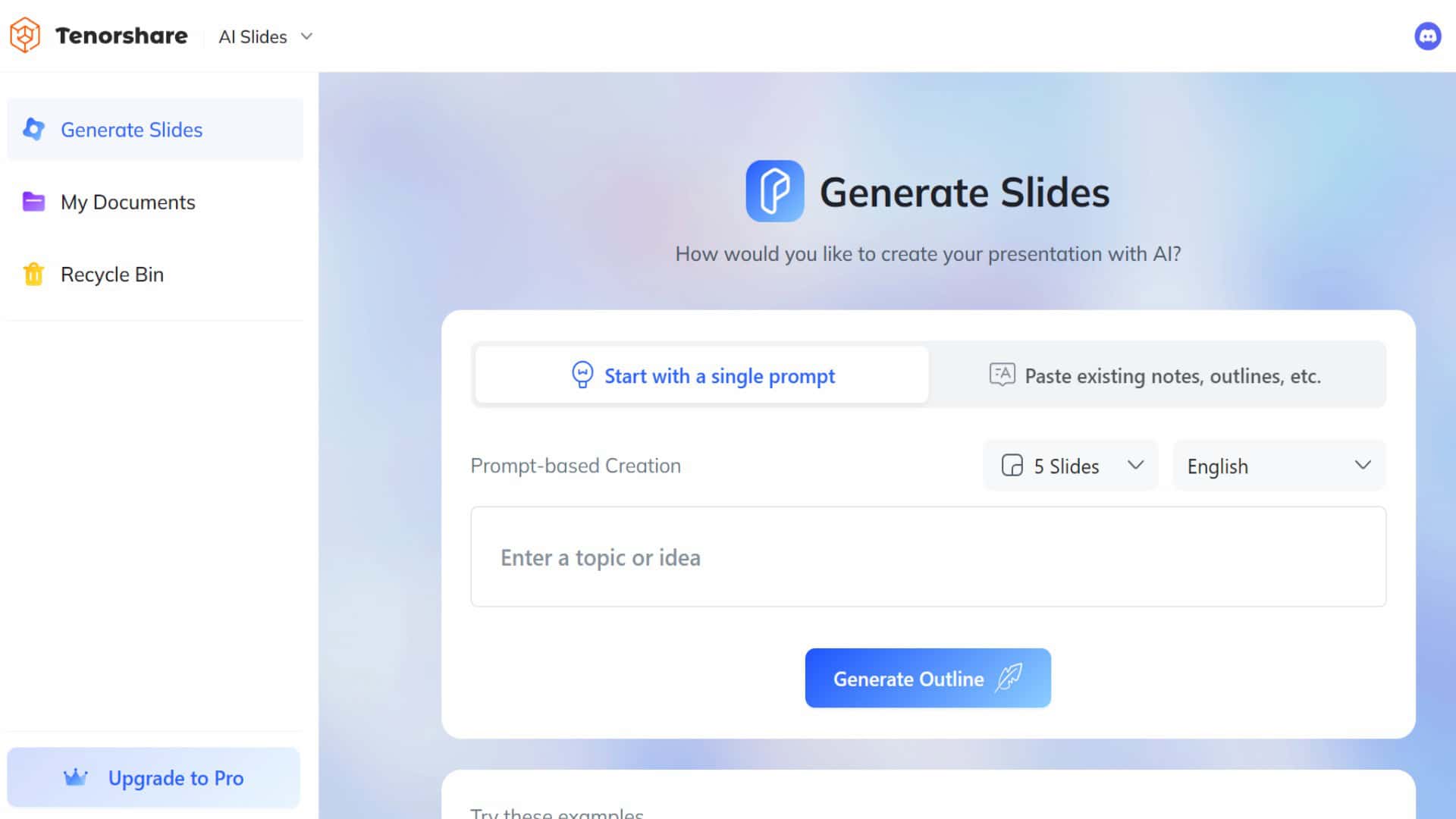

User forum
0 messages